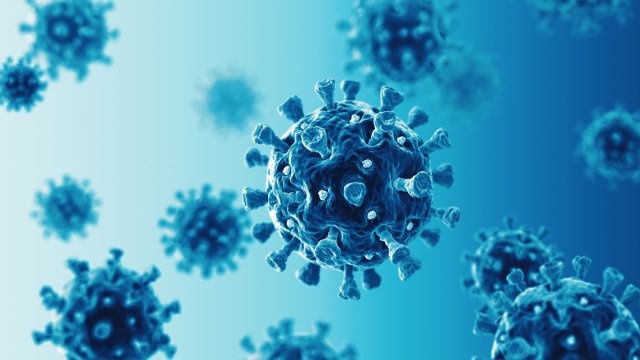EPA’s SARS-CoV-2 Research: Assessing Virus Levels in Sewage for Community Level Screening
Published June 4, 2020

With an infectious disease like COVID-19, people may be contagious before they show any symptoms. Preliminary research from across the country and around the world indicates that monitoring wastewater for the presence of the genetic marker of SARS-CoV-2, its RNA, may be useful as a sensitive early indicator of low levels of infections in the community. Having an early warning system to alert public health officials about infection, or the lack of infection, could be helpful to direct resources, such as individual testing, to the communities that might need it most.
“At the end of this initial 6-month phase, we hope to have validated, more robust genetic- and culture-based methods that we can share more broadly,” says Jay Garland, PhD, EPA’s lead researcher for this project. “Usually scientists validate a method as a first step. Then, once it is validated, they apply it. But in this case, we are doing these steps in parallel. We really want to share this work as soon as possible and plan to initiate wastewater monitoring more rapidly using a consistent method which we could adapt and improve as results warrant.”
EPA researchers are currently receiving wastewater samples from the Metropolitan Sewer District of Greater Cincinnati (MSD). “We have a long relationship already established with MSD,” Garland adds. “The fact that they have seven different treatment plants throughout the metro area gives us an opportunity to readily assess systems of different sizes and mixtures of wastewaters.
“We’re asking, can we use our wastewater as an early signal so that we can get ahead of things rather than just wait for infections that appear?” says Bruce Smith, Assistant Superintendent of MSD’s Regulatory Compliance & Safety Division. “It is exciting to me that we may have a tool at our fingertips that we can use. We talk about the struggle of testing of individuals. This is perhaps a way of testing a large number of individuals at once and tracking it.”
“We are very excited to partner with EPA on this project,” continues Smith, who oversees MSD research activities. “Our relationship with the Cincinnati lab goes back decades. The lab even houses a Test and Evaluation facility for water research on the grounds of our Mill Creek Wastewater Treatment Plant.”
This collaborative research will extend beyond Cincinnati to include work from communities across Ohio. Wastewater utilities of all different sizes across the state will be sharing wastewater samples that will help the researchers develop and optimize a method for detecting SARS-CoV-2 in sewage. EPA researchers are also collaborating with the Ohio Department of Health (ODH) and Ohio EPA on this research. EPA researchers are working with researchers at the Centers for Disease Control and other organizations to share best practices and information on methods and application for wastewater monitoring at the community level.
Learn more:
